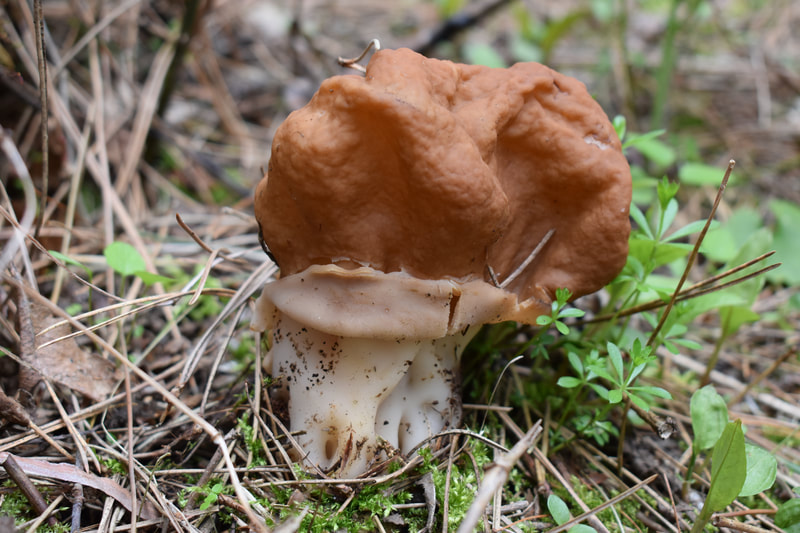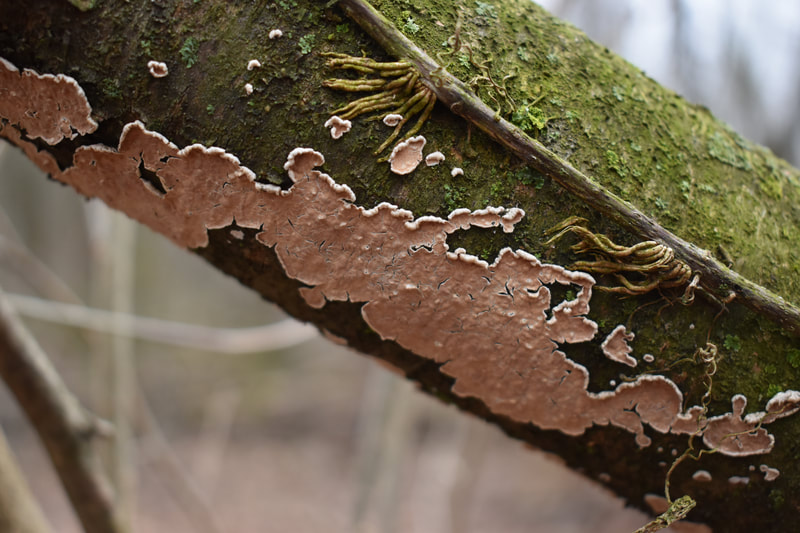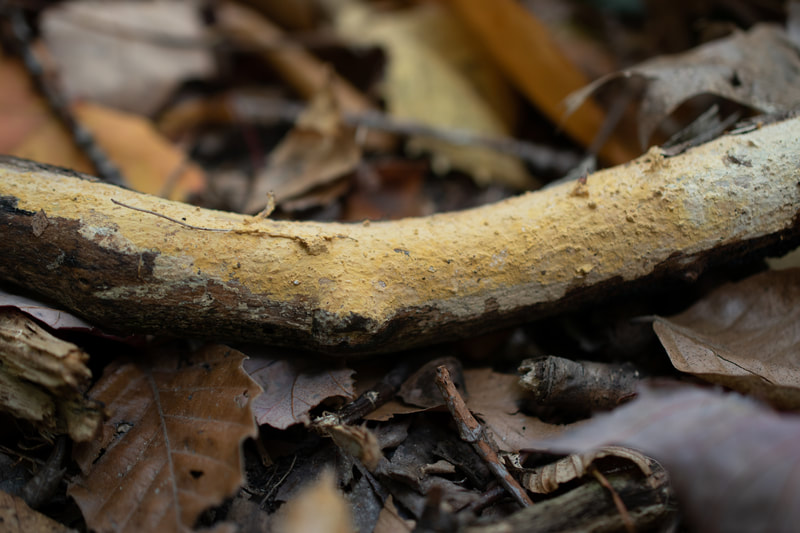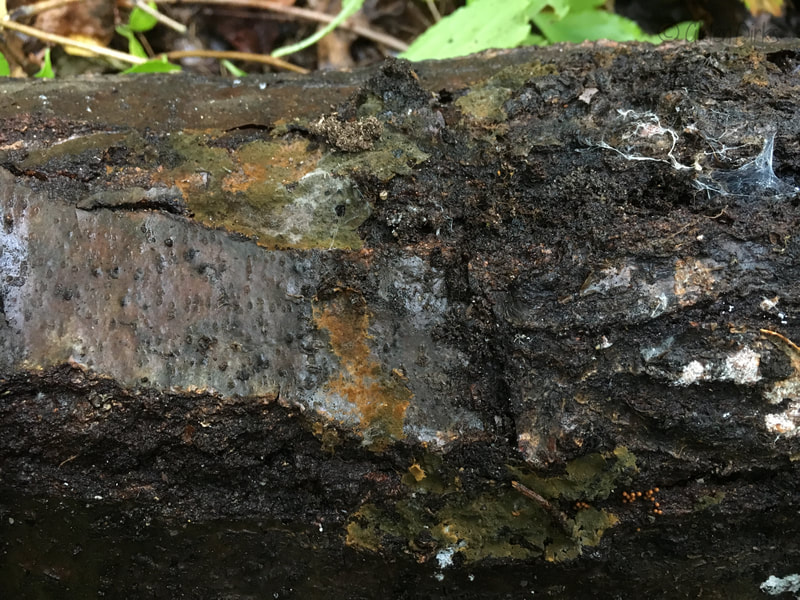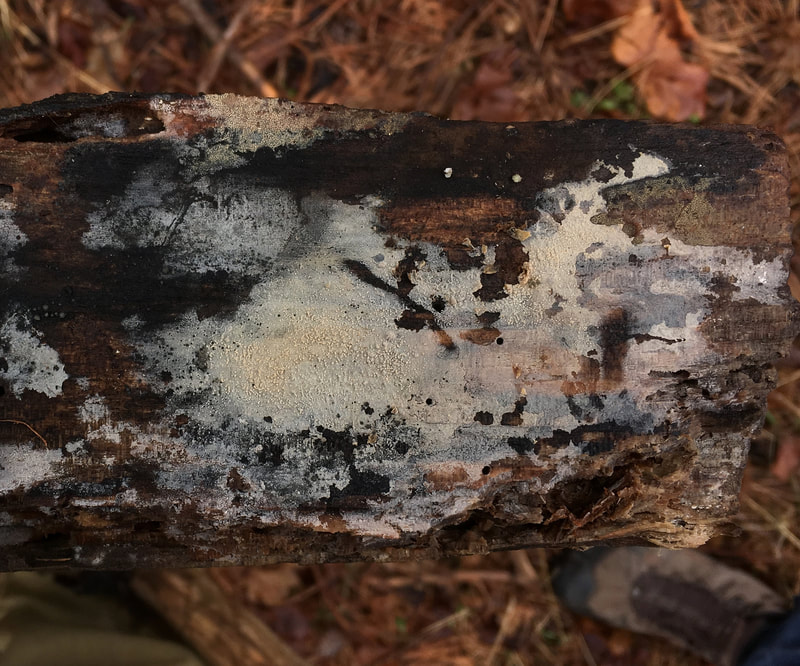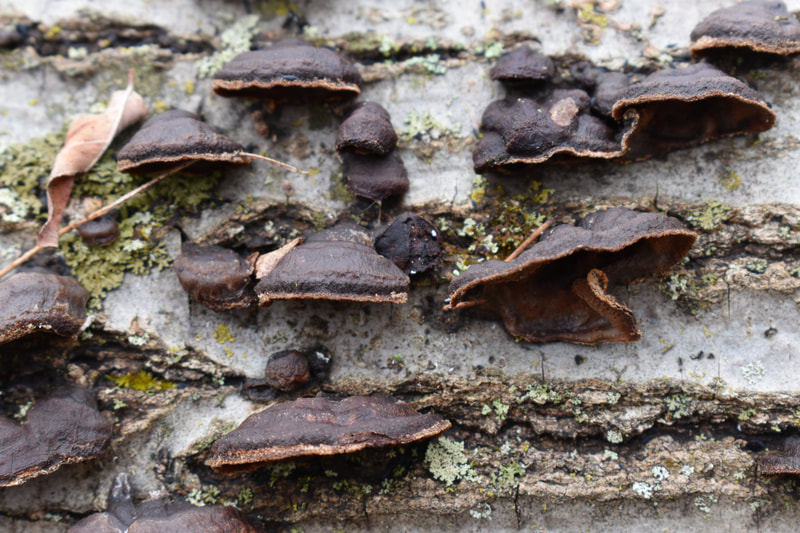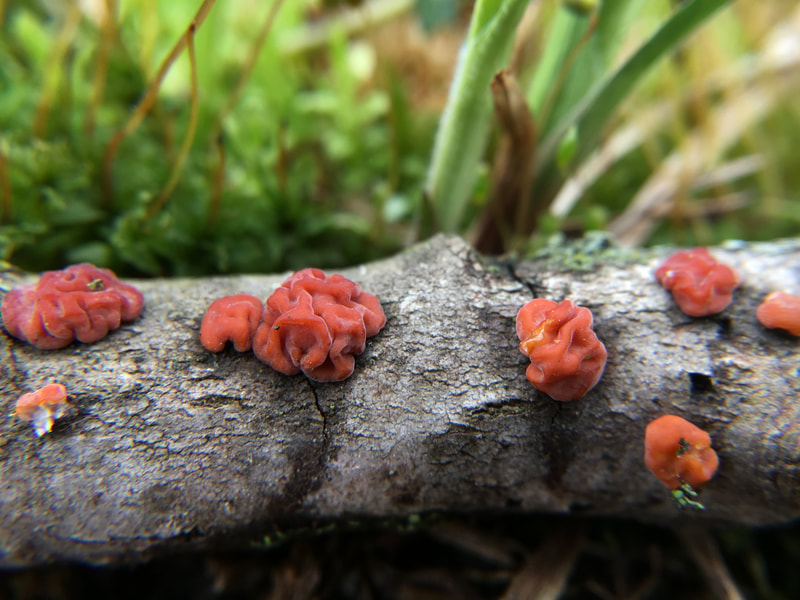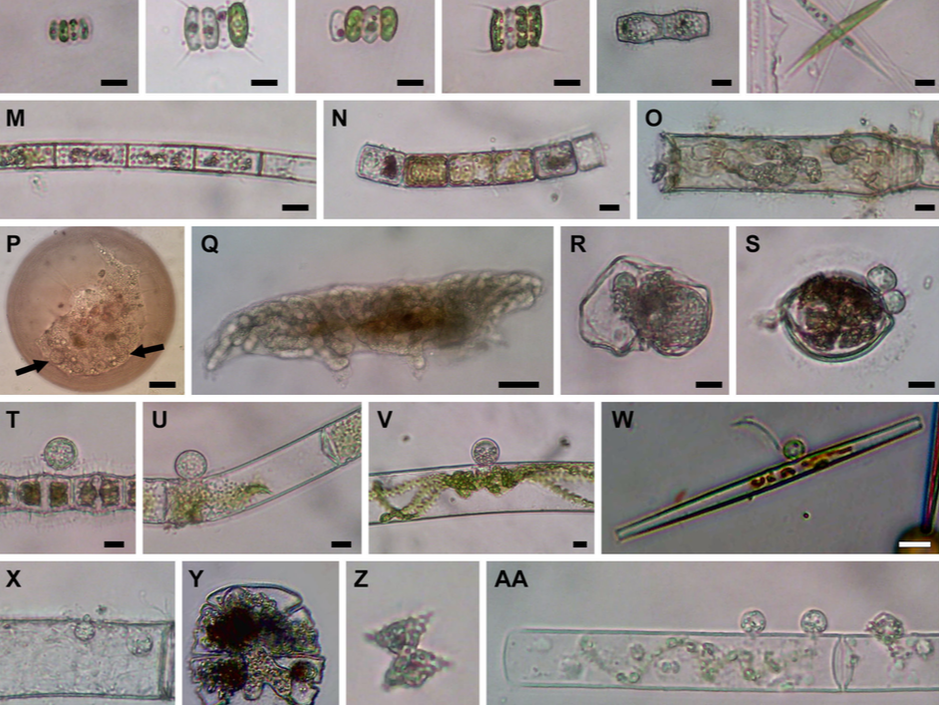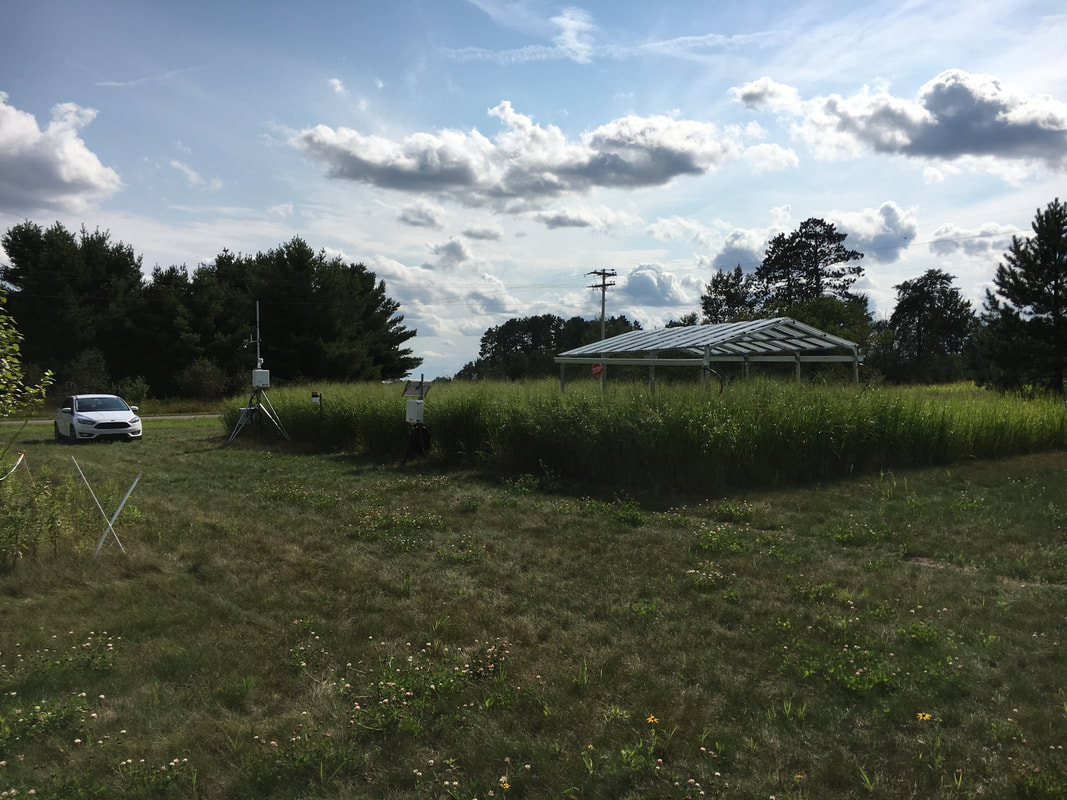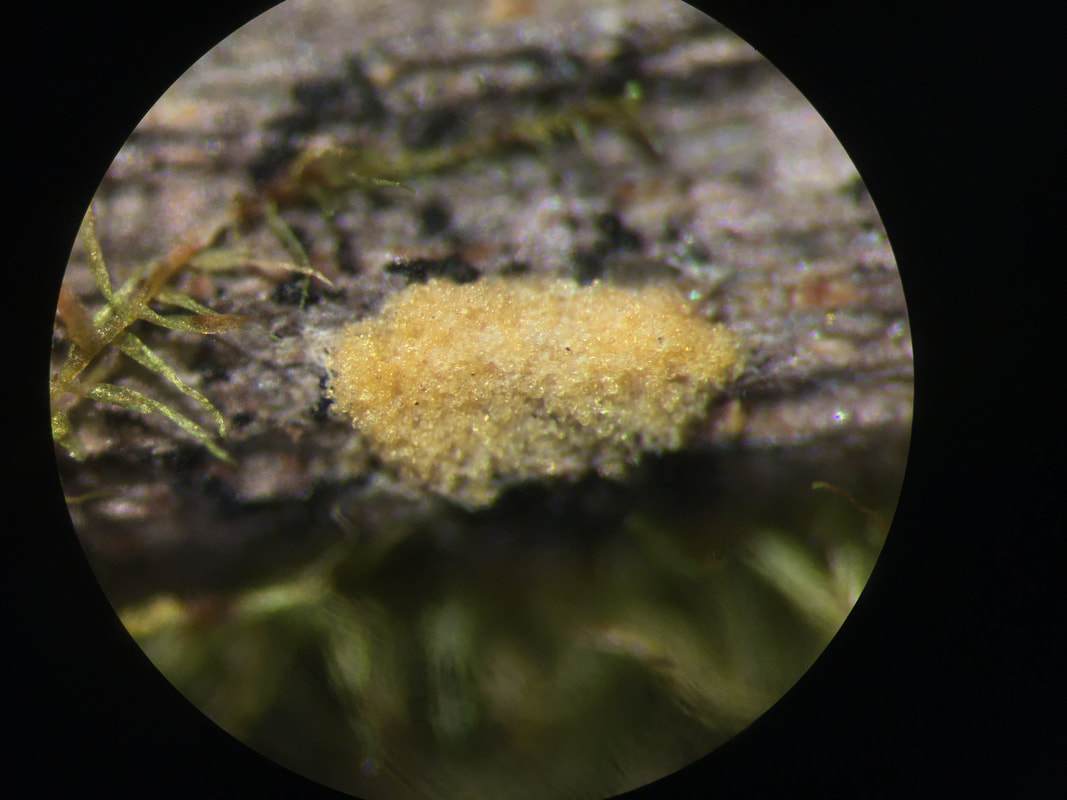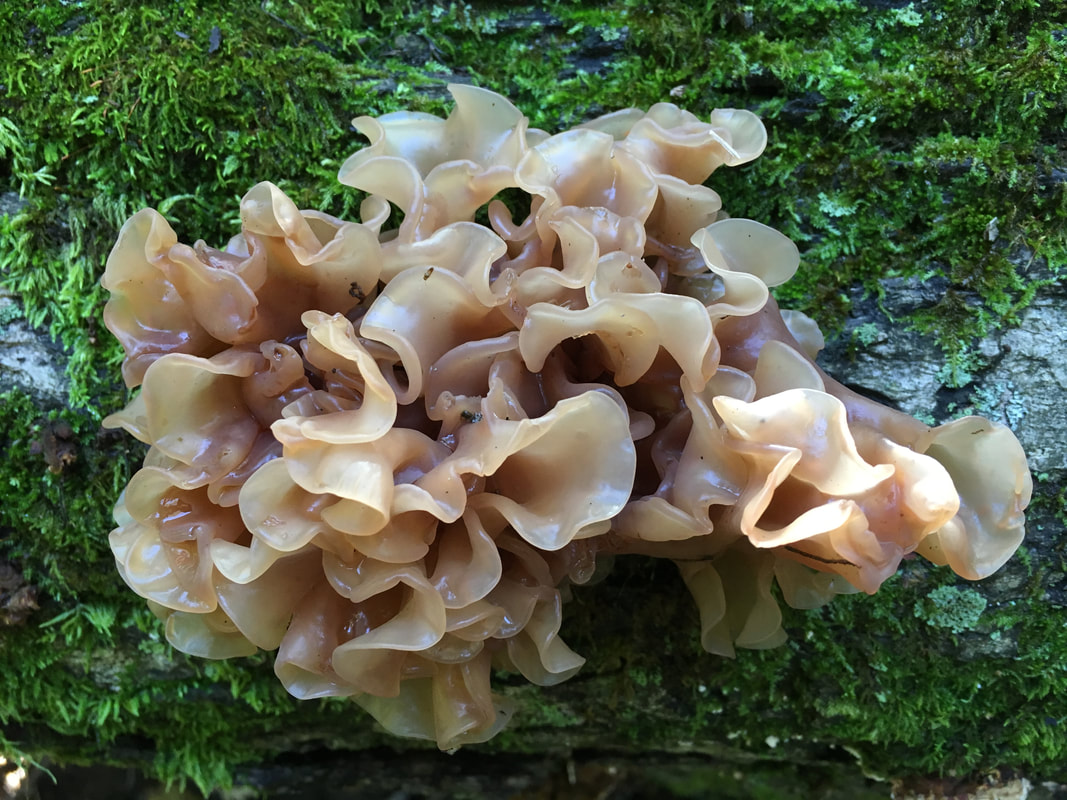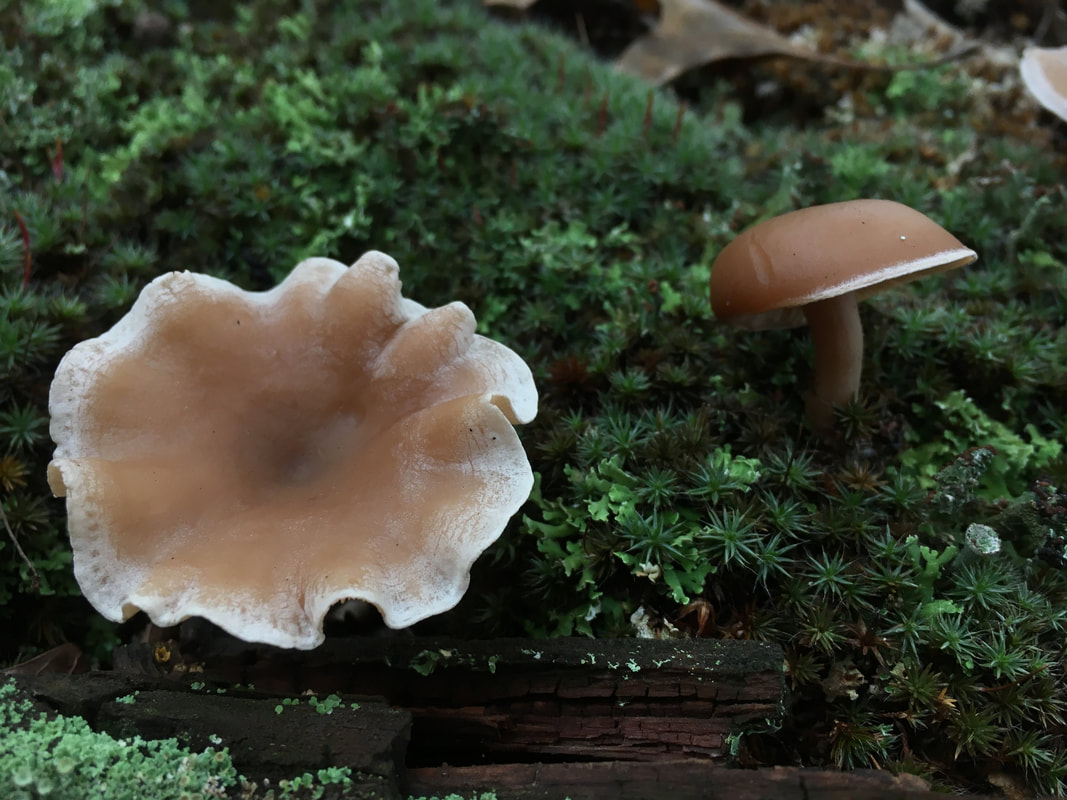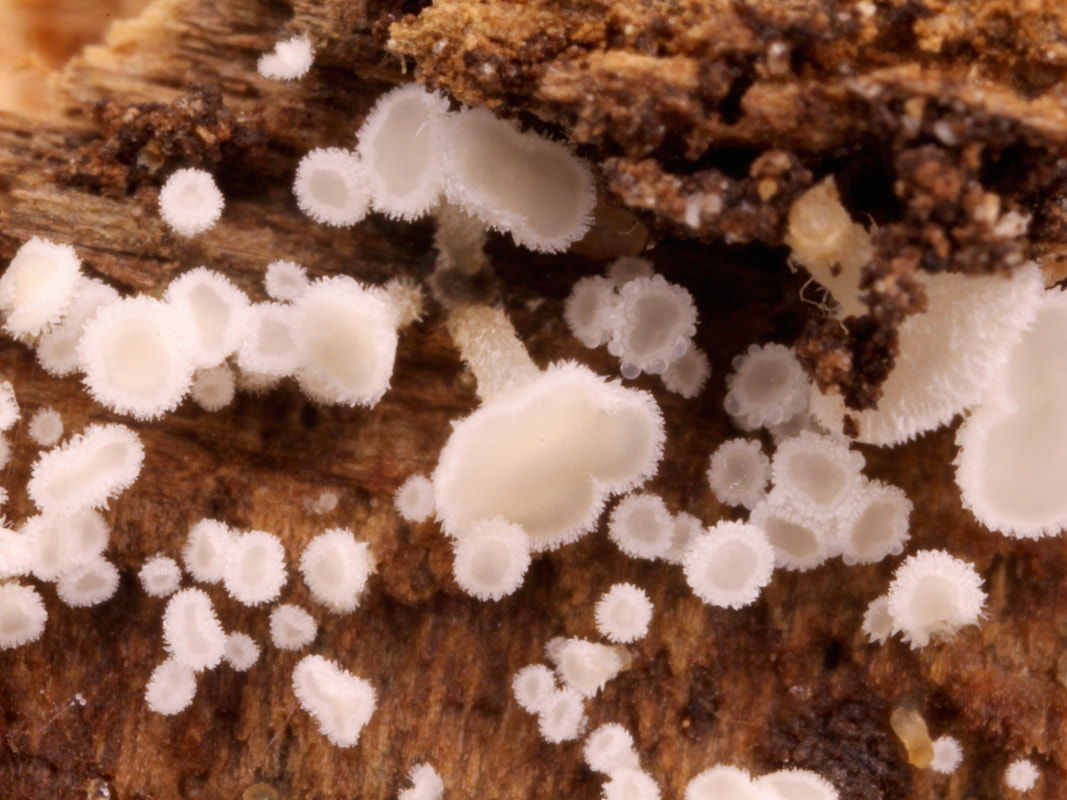Genetics and Evolution of Gyromitrin
Lorchels (Gyromitra spp.), also called false morels, are iconic primarily for what they are not – the prized, choice edible "true" morels (Morchella spp.). Field guides often regard lorchels as dangerous lookalikes of morels due to the presence of a mycotoxin called gyromitrin. In the stomach, gyromitrin breaks down into monomethylhydrazine, an ingredient in rocket fuel that is as bad for you as it sounds like it would be. You'd think this would be a deterrent to their consumption. However, in Finland, the deadly poisonous Gyromitra esculenta is widely consumed as a delicacy after being detoxified via a tedious boiling procedure to rid it of the majority of its gyromitrin. Across the United States, there is also a culture of consuming certain lorchel species. Some of these are anecdotally considered nontoxic, or at least less toxic than Gyromitra esculenta. For my PhD, I explored longstanding and oft-debated questions related to the distribution, genetics, and evolution of gyromitrin in lorchel mushrooms. Along the way, I advanced our understanding of the taxonomy, ecology, and reproductive biology of these fascinating mushrooms.
Distribution of gyromitrin in the lorchel family Discinaceae
Our limited understanding of which lorchel species contain gyromitrin motivated us to develop a new gyromitrin assay and to test as many lorchels as we could get our hands on, culminating in a manuscript that was published in the journal Mycologia (PDF). The main findings of our research are that gyromitrin has a discontinuous and more limited distribution than expected. We detected gyromitrin in all tested specimens of the unrleated Gyromitra esculenta and Gyromitra leucoxantha groups, a distribution consistent with horizontal gene transfer. To the delight of lorchel foragers, we did not detect gyromitrin in any tested specimens of the widely consumed species Gyromitra brunnea, Gyromitra caroliniana, Gyromitra korfii, or Gyromitra montana. For a more detailed rundown on our results and their implications, read my recap post.
Discinaceae phylogenomics and evolution of gyromitrin
Something I learned from the first project is how uncertain we are of the true evolutionary history of the lorchel family, Discinaceae, which in turn limits our ability to understand the evoution of gyromitrin. We sequenced the genomes of 75 specimens and analyzed thousands of genes to infer the most robust evolutionary history of Discinaceae ever. Our well supported phylogenetic tree facilitated major taxonomic revisions to the lorchel family. Based on certain genome properties, we could also explore how different lorchel species acquire nutrients (their trophic mode) and their reproductive strategies. Finally, we used ancestral state reconstruction to determine the likely evolutionary history of gyromitrin production in lorchels. A manuscript is currently under review for publciation in the journal Molecular Phylogenetics and Evolution, and is available as a preprint.
Gyromitrin biosynthesis genes
Fungi produce an enormous diversity of powerful secondary metabolites (think penicillin, lovastatin, and cyclosporin, among many others), but the genetics and evolution of most are unknown. Gyromitrin belongs to a rare class of compounds containing a nitrogen-nitrogen bond. Only about 0.1% of characterized secondary metabolites belong to this group. We have no idea what genes are responsible for gyromitrin production, so our final goal is to discover its genetic underpinnings. By utilizing our genomic dataset and employing bioinformatics strategies, we will identify putative gyromitrin biosynthesis genes. This research could expand our understanding of nitrogen-nitrogen secondary metabolite biosynthesis specifically and fungal chemodiversity in general, aiding in the discovery of novel chemicals.
Lorchel taxonomy
The many mushrooms that were sequenced and analyzed for these projects, including a large number of donations from across the continent, have aided investigations into Gyromitra taxonomy. So far, these collections have resulted in two new species, Gyromitra americanigigas (PDF) and Gyromitra persicula (PDF), with more on the way.
Gyromitra americanigigas (left) and Gyromitra persicula (right)
Biodiversity and Taxonomy of Crust Fungi
Crust fungi typically do not evoke much excitement or command great respect. However, they are extremely diverse and ecologically important. Crusts are a form group, meaning they are defined not by shared ancestry but by having a similar two-dimensional morphology. Consequently, wherever you look across the basidiomycetes, you find humble crusts. Crust fungi make up for their lack of macroscopic charisma with extraordinary microscopic diveristy, representing the entire spectrum of spores, hyphae, and fantastical sterile cells of the Agaricomycotina subphylum. While many crusts break down dead wood, some form mutualistic associations with trees—indeed, in some forests, crust fungi are the dominant members of the ectomycorrhizal community. The bottom of sticks and decaying logs is a great location to find crusts, but you can also find them on leaves, under conifer duff, on bark, and even on the underside of rocks! I endeavor to document North American species at my other website, crustfungi.com. In the future, I'd like to make this website dynamic so that crust enthusiasts around the world can upload profiles for their favorite species. If you are a web developer and want to work on a Wordpress version of this website so others can participate, please let me know!
Other Projects
All the research mentioned below, and more, can be accessed from the Publications page as free PDFs.
|
Zoosporic Fungi Single-Cell Sequencing
I was part of a collaboration to document the unculturable microscopic fungi infecting algae and other little guys in aquatic ecosystems. What we found: a huge diversity of unknown fungal lineages (even new phyla!) making up what is referred to as "dark matter fungi". Check it out at mBio. Metabarcoding of Arbuscular Mycorrhizal Fungi
For my Master's thesis, I characterized the communities of arbuscular mycorrhizal fungi associating with switchgrass, a perennial biofuel feedstock, using long-read, high-throughput PacBio metabarcoding. Read more at Applied and Environmental Microbiology. Taxonomy of the Anamorph Sphaerosporium lignatile
As part of the international Fungal Systematics and Evolution (FUSE) collaboration, we resolved the familial status of the previously unplaced fungus Sphaerosporium lignatile as Pyronemataceae (Pezizales), closely related to the eyelash cup fungus (Scutellinia). Check it out here. |
Phaeotremella dejopia, or TeeHųųcnįk
Collected in 2018 from Wisconsin, I described a large, foliar jelly fungus as a new species, Phaeotremella dejopia. The specific epithet refers to Dejope, the name of the region from which the holotype was collected in the Ho-Chunk language. Read more about it here. DNA Barcoding of the 2018 Smith Foray Macrofungi
We DNA barcoded 63 mushrooms that were collected during the 2018 Smith Foray in Mazomanie, WI. Three species were first reports for the United States and 15 were new records for Wisconsin. The manuscript was published in The Great Lakes Botanist. Boston Harbor Islands Fungal Biodiveristy Survey
As my first experience in mycology, I worked with the nonprofit organization Boston Harbor Now, Harvard University, and the National Park Service in collecting and documenting fungi from the Boston Harbor Islands National Park. Our findings were published in Northeastern Naturalist. |
|
|
Terms of Use, Liability Waiver, and Licensing
The material on aldendirks.com is presented for general informational and educational purposes only, and under no circumstances is to be considered a substitute for identification of an actual biological specimen by a person qualified to make that judgment. Some fungi are poisonous; please be cautious. All images on this website are licensed under Attribution-NonCommercial-NoDerivatives 4.0 International (CC BY-NC-ND 4.0). |

